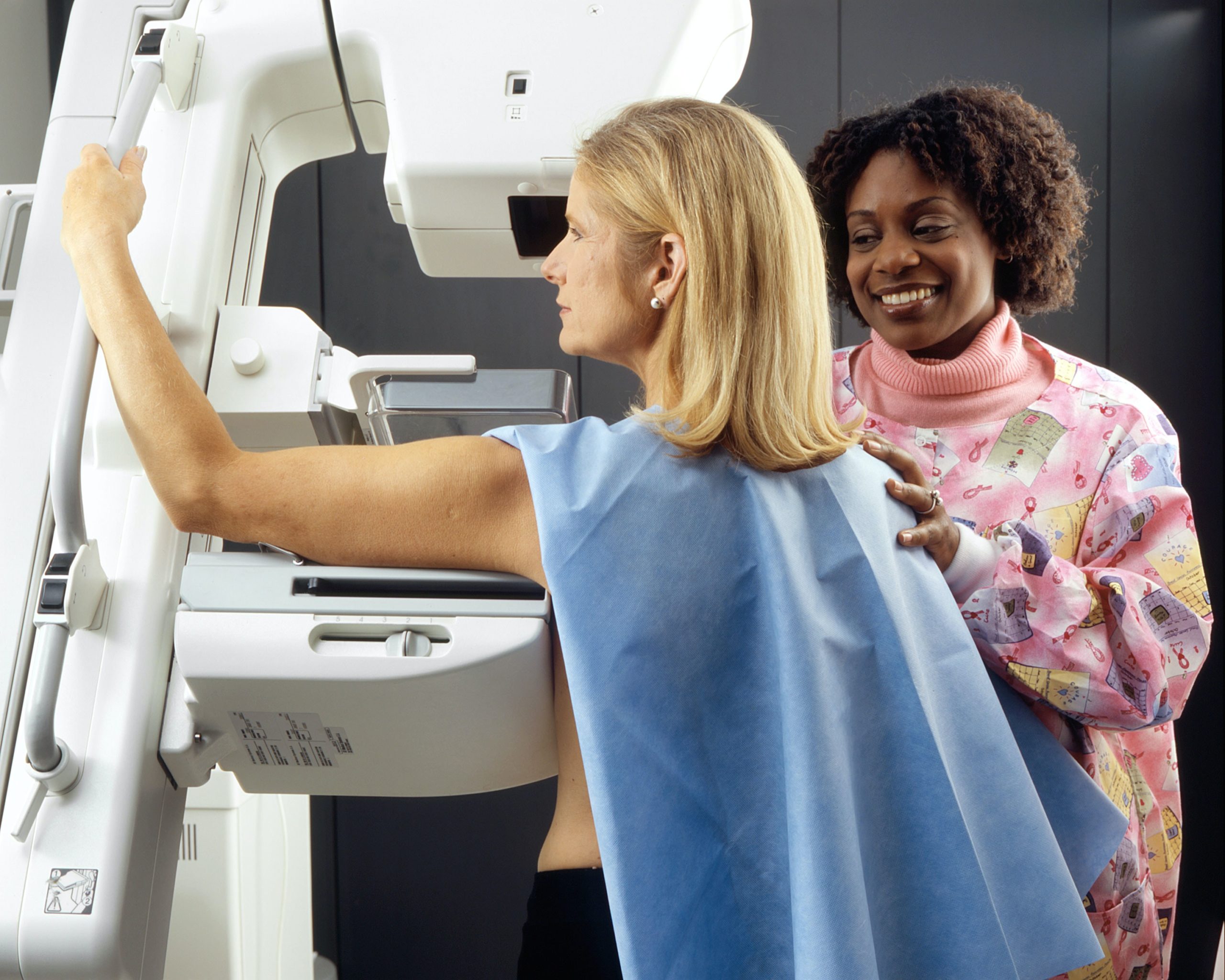4 Mammogram Myths
Knowing the truth about mammograms could help save your life, or the life of someone you love. According to links provided by the FDA, over 60% of breast cancer cases are diagnosed before they spread. Nearly 90% of women who find and treat their breast cancer are cancer-free at five years. Mammograms can help reduce the number of deaths from breast cancer, particularly among women ages 40 to 70.
Myth: Mammograms don’t help.
Truth: Your annual 3D mammogram is the best test doctors have to find breast cancer early, sometimes up to three years before a lump can be felt. The earlier you find breast cancer, the less harmful or disruptive to your life the treatment can be. Moreover, you do not need a doctor’s prescription to have one.
Myth: Mammograms cause cancer.
Truth: Modern mammograms utilize very small doses of radiation—it’s like getting an x-ray. This is especially true of the Siemens Inspiration Mammogram system used at PINK Breast Center at ImageCare. Our equipment uses up to ½ the radiation of competitive equipment. This makes the risk of harm extremely low. Thanks to technology improvements, radiation doses in mammography have decreased over time while increasing in accuracy. The benefits of detecting and treating life-threatening cancer far outweighs the extremely small effects of the radiation exposure.
Myth: Mammograms are inaccurate.
Truth: Mammograms are not perfect, but they are the best tool we have for early detection. Overall, when cancer is present, typical mammograms are about 80% effective in identifying it. The “PINK Better Mammo” service uses Artificial Intelligence to further increase accuracy. To raise the effectiveness to nearly 100%, PINK also offers screening breast Ultrasound exams, particularly for women with dense breasts. Fortunately now in New Jersey, breast Ultrasound examinations are covered by insurance.
Myth: Mammograms are painful.
Truth: While everyone’s pain threshold is different, modern mammography equipment should not be painful. The compression involved in a mammogram is now often described as temporary discomfort. Some compression is necessary to see everything on a mammogram. Most women believe a few unpleasant moments are a small tradeoff for living cancer-free, or catching breast cancer early and fighting it successfully with less disruption to their lives. PINK uses the Siemens Inspiration Mammogram system because we care about superior cancer detection, reduced radiation exposure, AND your comfort. It is the most comfortable system available because it requires less compression. You might consider that your breasts may be more sensitive if you are about to get or have your period — many women schedule their annual mammogram in the middle of their cycle.
Know before you go
Knowing how to prepare for your mammogram can help ease your mind and speed the process.
- Don’t wear deodorant, perfume, lotion or powder under your arms or on your breasts on the day of your exam. Foreign particles could show up in an x-ray.
- Only get a mammogram at facilities certified by the FDA. PINK is fully certified by the FDA and is designated a Breast Center of Excellence by the American College of Radiology.

- Let technologists and staff know if you have breast implants. They may need to take more pictures than a regular mammogram.
- Bring prior mammograms or have them sent to PINK if possible. At PINK we can help you retrieve your prior exams and reports because we care.
Has it been more than a year since your previous mammogram? If so, schedule yours today or call 973-871-3333 — the life you save might be your own!
Updated and based on “4 Mammogram Myths.” – U.S. Department of Health and Human Services.